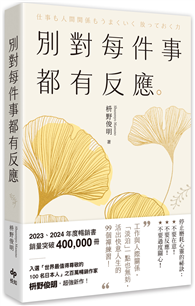Science is usually knownbyits most successful figures and resource-rich institutions. In stark contrast, Creativity from the Peripherydraws our attention to unknown figures in science--those who remain marginalized, even neglected, within its practices. Researchers in early twentieth-century colonial India, for example, have made significant contributions to the stock of scientific knowledge and have provided science with new breakthroughs and novel ideas, but to little acclaim. As Deepanwita Dasgupta argues, sometimes the best ideas in science are born from difficult and resource-poor conditions. Inthis study, she turns our attention to these peripheral actors, shedding new light on how scientific creativity operates in lesser-known, marginalized contexts, and how the work of self-trained researchers, though largely ignored, has contributed to important conceptual shifts. Her book presents a new philosophical framework for understanding this peripheral creativity in science through the lens of trading zones--where knowledge is exchanged between two unequal communities--and explores the implications for the future diversity of transnational science.
| FindBook |
有 1 項符合
Creativity from the Periphery: Trading Zones of Scientific Exchange in Colonial India的圖書 |
 |
Creativity from the Periphery: Trading Zones of Scientific Exchange in Colonial India 作者:Dasgupta 出版社:University of Pittsburgh Press 出版日期:2021-06-15 語言:英文 規格:平裝 / 300頁 / 普通級/ 初版 |
| 圖書館借閱 |
| 國家圖書館 | 全國圖書書目資訊網 | 國立公共資訊圖書館 | 電子書服務平台 | MetaCat 跨館整合查詢 |
| 臺北市立圖書館 | 新北市立圖書館 | 基隆市公共圖書館 | 桃園市立圖書館 | 新竹縣公共圖書館 |
| 苗栗縣立圖書館 | 臺中市立圖書館 | 彰化縣公共圖書館 | 南投縣文化局 | 雲林縣公共圖書館 |
| 嘉義縣圖書館 | 臺南市立圖書館 | 高雄市立圖書館 | 屏東縣公共圖書館 | 宜蘭縣公共圖書館 |
| 花蓮縣文化局 | 臺東縣文化處 |
|
|
圖書介紹 - 資料來源:博客來 評分:
圖書名稱:Creativity from the Periphery: Trading Zones of Scientific Exchange in Colonial India
|









